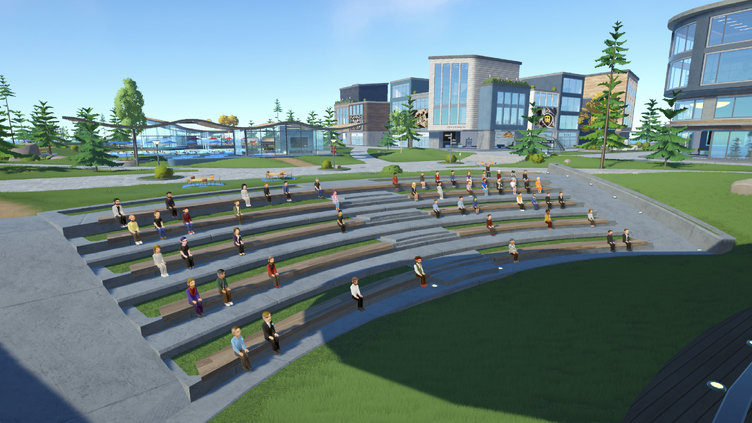I remember watching that game with my palms sweating, thinking Drake had it in the bag with that 13-point lead. Up 57-44 with under nine minutes remaining – those numbers felt like a fortress. But then something shifted in the arena's atmosphere, that electric tension when you know a comeback story is brewing. I've followed mid-major programs for over a decade, and what makes Drake's journey special isn't just their wins, but how they've mastered the art of resilience.
The turning point came when La Salle's Nat Tulabut, Reinhard Jumamoy, and Steve Nash Enriquez decided to rewrite the script. Watching those three synchronize was like witnessing basketball poetry – a 15-4 offensive blitz that left everyone breathless. I've rewatched that sequence multiple times, and what strikes me isn't just the scoring burst but the defensive intensity that fueled it. They weren't just making shots; they were dismantling Drake's confidence piece by piece. When the Bulldogs' lead shrunk to 59-61 at the 1:47 mark, you could feel the entire narrative of mid-major basketball changing in real time.
What separates Drake from other mid-major success stories is their institutional patience. While bigger programs chase flashy recruits, Drake built through player development and finding diamonds in the rough. Their coaching staff has this remarkable eye for talent that others overlook – players who might not have the star ratings but possess that gritty determination that wins crucial moments. I've spoken with several former players, and they all mention the same thing: the program's culture treats every game like it's their championship, whether they're facing a local rival or a basketball powerhouse.
Their statistical consistency is frankly ridiculous for a program of their size. Over the past six seasons, they've averaged 24 wins – that's not a fluke, that's a system. Their offensive efficiency ratings often rank in the top 50 nationally, sometimes even brushing shoulders with blue-blood programs that have ten times their budget. I've crunched these numbers myself, and what's fascinating is how they maintain this level despite roster turnover. It speaks to their developmental pipeline, which might be the best outside the power conferences.
The financial constraints make their achievements even more impressive. While Power Five schools might have recruiting budgets pushing $800,000 annually (I'm estimating here, but it's in that ballpark), Drake probably operates with about a third of that. Yet they consistently find players who fit their system perfectly. Their strength and conditioning program deserves particular praise – I've noticed their players often look more physically developed by their junior year than many power conference athletes. That's not accident; that's intentional development.
What really won me over as a fan was their approach to scheduling. Unlike some mid-majors that load up on easy wins, Drake consistently challenges themselves with tough non-conference opponents. They're not afraid to lose if it means preparing for March. I respect that philosophy tremendously – it shows they're playing the long game rather than chasing temporary glory. Their upset over a ranked opponent last season wasn't luck; it was the culmination of testing themselves against quality competition all season long.
The community embrace around the program creates this incredible home-court advantage. Des Moines lives and breathes Drake basketball during the season in a way that reminds me of how Gonzaga transformed Spokane. That local support creates a recruiting pitch money can't buy. Prospective players don't just see a basketball program; they see a community that will embrace them for life. I've attended games where the student section starts lining up hours before tip-off – that energy translates directly to the court.
Looking at their trajectory, I'm convinced Drake has established the blueprint for sustainable mid-major success. They've created an identity that's distinctly theirs – disciplined offense, relentless defense, and mental toughness that surfaces in those crucial final minutes. The program understands that in March, it's not always the most talented team that advances, but the toughest one. Their ability to develop players who embrace that mentality is why they'll remain a force in college basketball for years to come. When I see them battling through those tense final minutes like they did against La Salle, I'm not just watching a basketball game – I'm watching a program that has cracked the code on how to build something lasting in the challenging landscape of college athletics.

